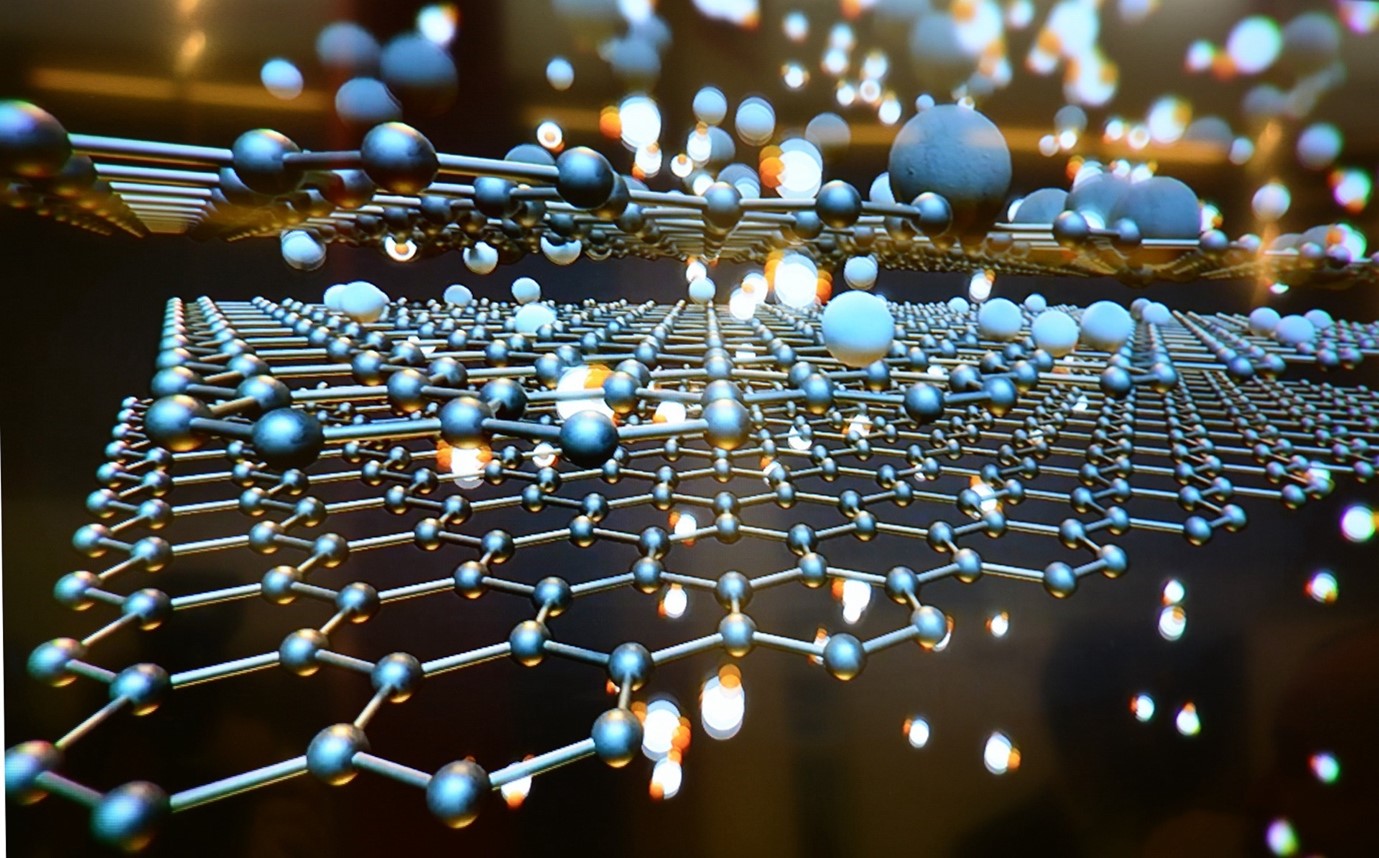The Focus of Research and Development would be to localize the technologies being developed and available across the globe






The Greenko School of Sustainability at IIT Hyderabad is offering a Ph.D. project to develop a novel, environmentally friendly, and economically viable deep eutectic solvent (DES)-based pretreatment method for resource recovery from lignocellulosic biomass. The goal is to effectively separate lignin and cellulosic components and recover the lignin for bioplastic film production. The research aims to establish a method for resource recovery from lignocellulosic biomass, including the development of a novel DES-based, environment-friendly, and economically viable pre-treatment method, effective separation of lignin and cellulosic components, and recovery of the lignin component in the form of bioplastic films. The project aims to improve the efficiency of resource recovery from lignocellulosic biomass.


Introduction : Conventional sorption technology for the separation of gases relies on temperature or pressure swings to modulate the adsorbate-adsorbent affinity. A significant amount of energy is consumed in the sorption-regeneration process. Electric swing adsorption or in more general electrochemical swing adsorption, is an emerging area of research, where adsorption and desorption can be brought about by switching the polarity. Being an isothermal process with no cyclic pressurizing or depressurizing, a significant amount of energy can be saved in the capture process.


Introduction : Goal of the project is to develop 1-2 Ah Li-ion
batteries based on LiMn1.5Ni0.5O4 based
cathodes and Silicon-Carbon composite anodes having energy density 200-250 Wh
kg-1 (TRL-6). Beside, Li-S
batteries having specific energy > 300 Wh/kg, cycle life > 500 and scale
up to pouch cell (500-1 Ah) (at TRL5) will be developed.


Introduction : Currently, the world is extensively dependent on petroleum and coal-based fuels to meet its energy needs, resulting in increased CO2 levels in the environment over the years and exceeding 419 ppm in 2022. Among the various greenhouse gases, CO2 is the major contributor to climate change. Capturing CO2 is the way forward to fight climate change. Currently, liquid amine based technology is industrially utilized for CO2 capture. However, this method is energy-intensive and toxic to the environment. To overcome this, in this project, we aim to develop low-cost porous organic polymer-based solid absorbents for CO2 capture.

Introduction : Compression Ignition (CI) engines are extensively used in several industrial and off-road applications. However, due to greenhouse emissions, there is an urgent requirement to move away from petro-fuels like diesel that are currently used in such engines. One of the potential carbon-neutral fuels that can be used in such applications is ammonia. However, ammonia has poor combustion properties like high ignition delay and low flame speed. Therefore, it needs to be blended with more reactive fuel like natural gas and bio-diesel. Therefore, the objective of this project is to develop a Direct Injection dual fuel CI engine that can operate with ammonia/natural gas blends with a pilot injection of bio-diesel. Additionally, CFD modelling would be used to gain detailed insight into the combustion dynamics of such blends. Machine learning techniques will be used to optimize engine operating parameters to minimize engine emissions while maintaining engine performance in terms of rated torque and power.
Introduction : Solar seawater splitting is a promising technology aimed at utilizing renewable energy to produce hydrogen, a clean and sustainable fuel. This process involves the use of solar energy to split water molecules into hydrogen and oxygen, with seawater being an abundant and accessible source of water. Various approaches have been proposed and investigated to optimize the efficiency and scalability of this process. Key challenges in solar seawater splitting are chloride based competing reactions and the development of efficient and stable photoelectrodes capable of capturing solar energy and catalyzing the water-splitting reaction. Materials such as metal oxides, metal chalcogenides, and semiconductor heterostructures have been explored for this purpose, with ongoing research focusing on improving their performance and durability. By leveraging the abundance of seawater and sunlight, solar seawater splitting has the potential to play a significant role in the transition towards a carbon-neutral energy economy.
